The term “keystone” is an architectural reference to a wedge-shaped stone at the top of an archway. It is the last stone builders place in the arch to lock the other stones into position and enables the arch to bear a building’s weight. If the keystone is removed, the arch—and possibly the entire building—could collapse.
Similarly, a keystone species helps to keep an ecosystem together and functioning by shaping it in various ways, from being apex predators to ecosystem engineers. Here are a few examples of how this plays out:
Predators
Predator species such as wolves, orcas and sea otters help maintain the population sizes of prey species, and sometimes even other predators, in an ecosystem. If a keystone predator is removed, other species may explode in number, potentially outcompeting and displacing other species. This is called a “top-down trophic cascade,” and it can have a major long-term damaging effect on an ecosystem.
Overharvesting of sea otters is a classic example of a top-down trophic cascade. Sea otters were hunted for their soft fur, which caused local extinctions throughout much of their range. Sea otters feed on sea urchins, which feed on kelp. As the otters declined, sea urchins rapidly increased and vastly overgrazed the ocean’s kelp forests, destroying important habitat for a host of other species.
Similarly, when wolves were systematically shot and trapped out of existence in Yellowstone National Park, mountain elk populations increased. These elk overgrazed vegetation growing along rivers, which provided important shade, habitat and nutrients benefitting river species such as beavers and fish. When wolves returned to Yellowstone, a corresponding increase in aquatic species diversity and a rise in trout numbers occurred.
Ecosystem Engineers
Some keystone species physically modify or maintain an ecosystem. A prime example of ecosystem engineers are beavers, which dam rivers to make pools and wetlands that become habitats for a wide diversity of species. These wetlands also help moderate environmental changes such as flooding or drought. If beavers are removed, rivers become faster flowing, which often reduces their diversity.
Prey
Some keystone species are vital to an ecosystem because of the critical role they play as a food source for other species. For example, in Antarctica, shrimp-like krill are the main prey for a host of polar species. In the Pacific Northwest, salmon are likewise an important prey species for animals from grizzly bears to orcas. On the plains of the central and western U.S., prairie dogs are a food source for eagles, coyotes and the endangered black-footed ferret. Prairie dogs also act as ecosystem engineers because their burrows provide shelter for other species such as burrowing owls, and their tunnels help to aerate the soil. Where prairie dogs have been lost, woody plants often overtake and transform areas from grassland and prairie ecosystems to woody shrub ecosystems.
Pollinators
Pollinators are also considered keystone species. Most people know how important bees are for transferring pollen among plants. Roughly 90% of the world’s plants are pollinated by bees, including commercially and nutritionally important fruit and vegetable crops. Every year, one quarter to over half a trillion dollars of food is produced thanks to the bees, wasps and flies that pollinate them (more than $5 billion worth in the U.S. alone). Many other species are also important pollinators, including monarch butterflies and numerous bat species. Despite this, many pollinator populations are declining dramatically as a result of pesticides and other agricultural practices. Despite the importance of pollinators to farmers, Big Agriculture has been lobbying against the protection of bees and other pollinators. Thankfully, Defenders and our allies have been fighting to ensure that these essential keystone species receive the protection they need and deserve.
Habitat Providers
Some keystone species are important providers of shelter and habitats for other species. Corals, for example, provide many nooks and crannies for coral reef species to hide. This habitat complexity allows coral reefs to become hotspots of ocean biodiversity. Sagebrush is another example. This shrub not only provides food for species such as the sage grouse, it also allows many species to shelter underneath its canopy to hide from predators. Sagebrush also adds nutrients to the soil and helps to retain moisture in the arid regions where it is found.
You can help protect keystone species like orcas and sea otters by becoming a member of Defenders of Wildlife.
If you want to take an active role in advocating for the conservation of endangered species and habitats visit our Activist Hub, which includes tips and suggestions for making your voice heard.

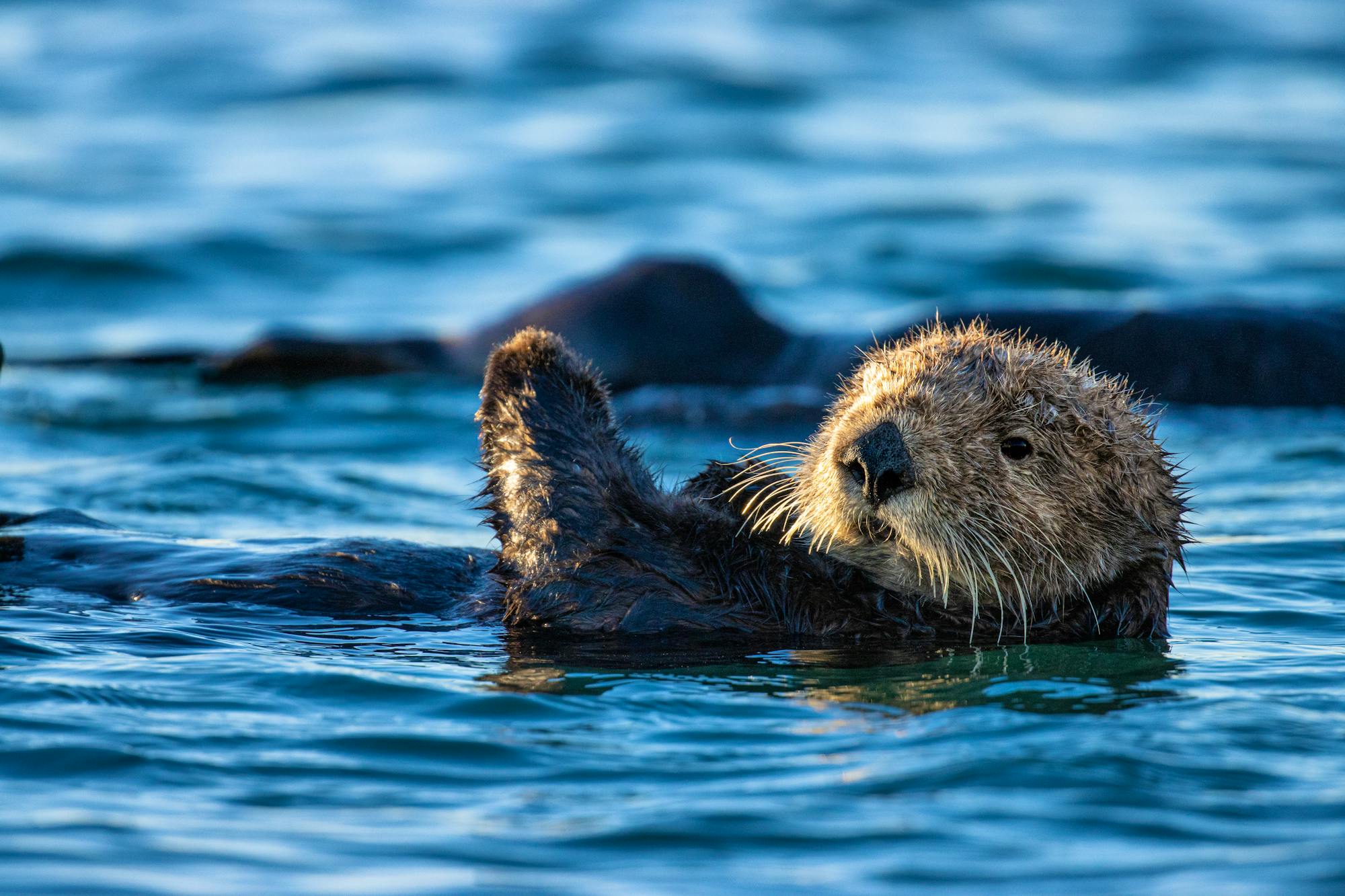
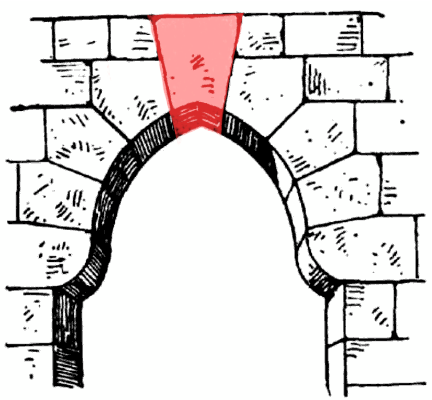
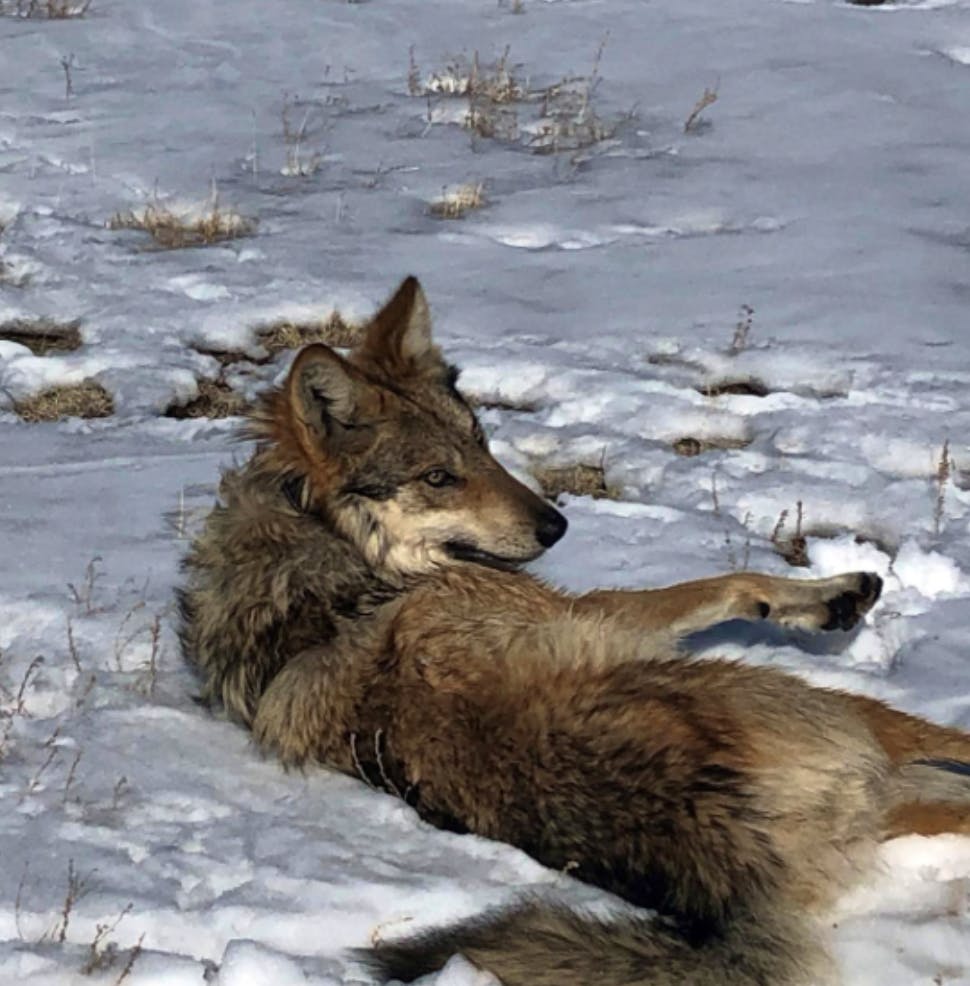

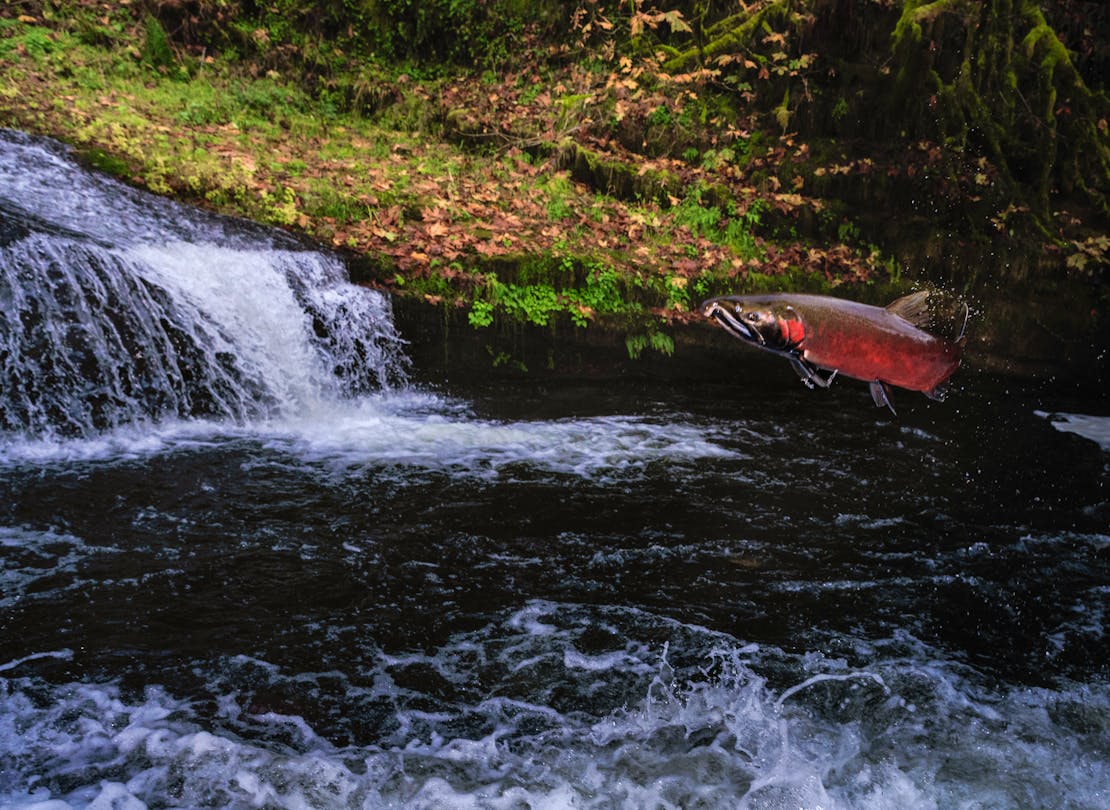




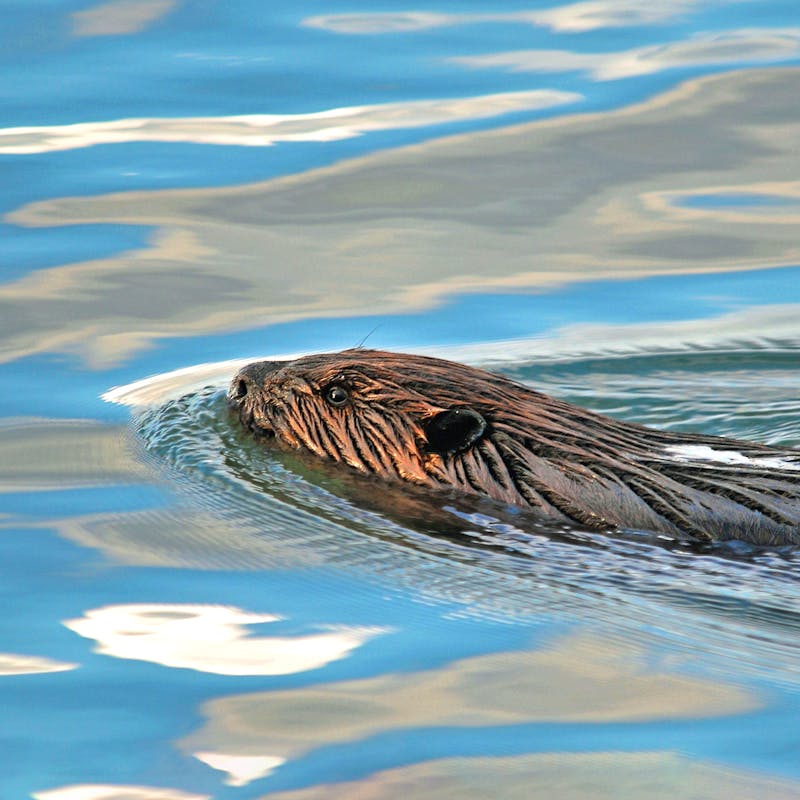





Follow Defenders of Wildlife
facebook bluesky twitter instagram youtube tiktok threads linkedin